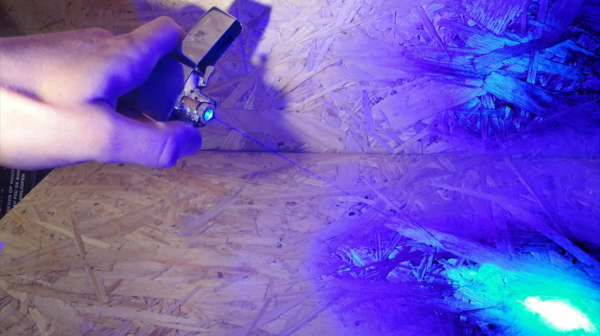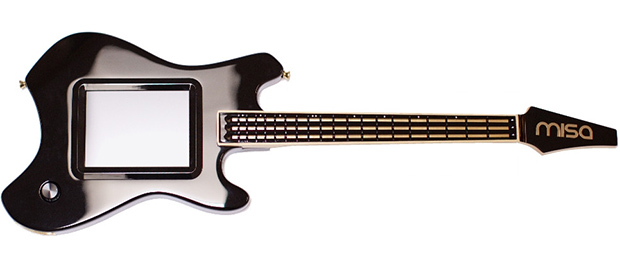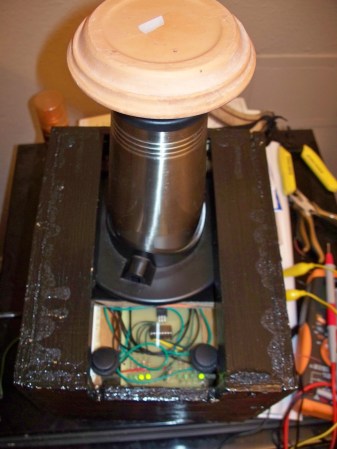I’ve arrived at the Rio Casino in Las Vegas, Nevada for DEF CON 21. Over the next couple of days, I’ll be talking about what I get up to here.
The main event today is registration, which means getting a neat badge. This year’s badge was designed by [Ryan Clarke]. According to the DEF CON booklet, they are “non-electronic-electronic” badges this year, and DEF CON will be alternating between electronic badges every other year.
The playing card design is printed on a PCB, and uses the silkscreen, solder mask, and copper layers to provide three colors for the artwork. The badge is a crypto challenge, featuring some cryptic characters, numbers, and an XOR gate. I don’t have any ideas about it yet, but some people are already working hard on cracking the code.
Tomorrow, I’ll be heading to a few talks including one on hacking cars that we discussed earlier, and one on decapping chips. I’ll also be checking out some of the villages. The Tamper Evident Village is premiering this year, and they’ll be showing off a variety of tamper proofing tech. I’ll also try to get to the Beverage Cooling Contraption Contest, where competitors build devices to cool beverages (ie, beer) as quickly as possible.
If you have any DEF CON tips, let me know in the comments.

















